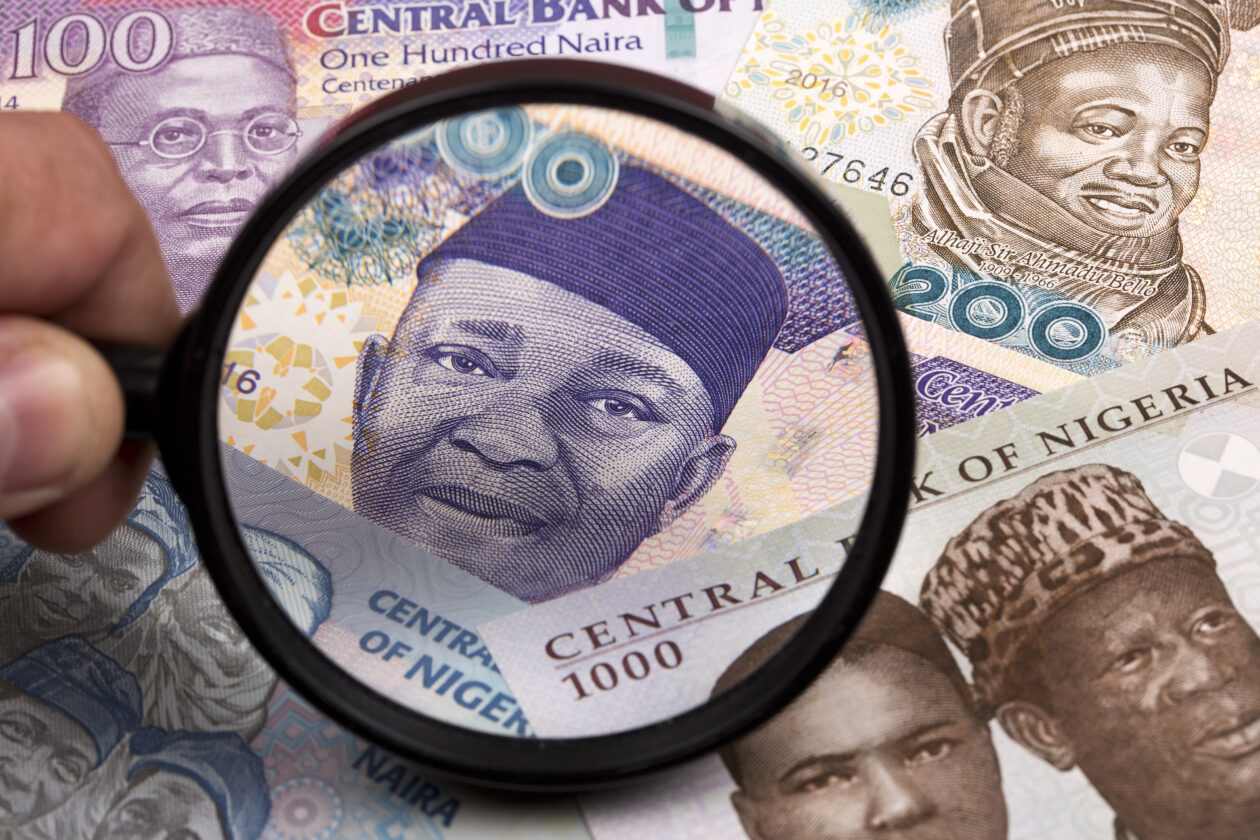Financial regulators are becoming increasingly vocal about the need for clear rules of the road for trading cryptocurrencies, with the U.S., Singapore and India among countries raising warnings about volatility and the risks for retail investors.
But researcher Ben Caselin says the focus on trading alone misses several other features that cryptocurrencies offer, including self-custody that shouldn’t be under-estimated in countries where security is at risk and banking services are thin on the ground.
Caselin, vice-president of marketing and head of research at Seychelles-based cryptocurrency exchange AAX, also said Bitcoin itself can act as a regulator because of its fixed supply.
AAX has offices in Taiwan, Singapore, Nigeria and Brazil and around 95% of the exchange’s clients are retail investors. The remaining 5 per cent are institutions, high net worth individuals, family offices and trading firms.
Caselin spoke with Forkast’s Pradipta Mukherjee about regulators and other trends in the cryptocurrency industry. The interview has been edited for language and brevity.
Pradipta Mukherjee: Regulators in a number of countries are warning the general public about what they see as excessive risk involved in investing in cryptocurrencies. Where do you see this going?
Ben Caselin: I generally believe regulators such as [Garry] Gensler [the chair of the U.S. Securities and Exchange Commission] have good intentions. But “protecting consumers” is not the only mandate. It’s also about protecting an existing financial system and in our modern financial system, financial disparity is still excessive.
There is a distinction between developed markets and emerging markets, and if anything, it’s around access.
In emerging markets, generally, people have less easy access to financial services, to a good quality fiat currency, to a safe custody environment where you don’t run the risk of getting your land or your assets seized if you become somewhat controversial.
In Nigeria, for example, it is very clear that the existing system and currency doesn’t work for everyone, so in such a situation what does “protection” really entail? In such cases, we need to ask questions of an incumbent financial system that benefits the few and not the rest.

Bitcoin can also play a role in regulating central banks, because if a central bank conducts irresponsible policymaking, the public can buy Bitcoin.
For example, in cases of excessive money printing, arbitrary policy making, corruption, or when inflation hits, people will move to other currencies or assets. It’s not just inflation. It can relate to policies around capital controls that may move a population to other solutions that work for them.
The reason people turn to bitcoin is because it is the most decentralized network, its policy is hardcoded and therefore predictable, has a fixed supply and it’s borderless.
Many cryptocurrencies, including Central Bank Digital Currencies, share some of these characteristics, but in my view, convergence to a single global monetary network is (almost) inevitable and “bad policy making” is likely to only accelerate that process.
And I think that’s a much more interesting perspective when you take that to emerging markets. For instance, ask people in Lebanon what they think of the central bank and what they think of the policies and the financial freedom that they have?
I am pretty convinced that over time, more and more societies and their governments will come to terms with these new [cryptocurrency and blockchain] technologies.
Mukherjee: What about younger crypto investors who face tougher regulations and, say, high taxes on trades like we have seen in India?
Caselin: Maybe they will stop being traders, which would be great.
The point is we shouldn’t be pushing the story that digital assets are there to trade. Instead Bitcoin is something that you hold, you use, you can get paid in, you can pay with, you can hold your own custody, or to prevent your funds from being seized.
There is a lot [about digital assets] that is almost irrespective of price movements, or the quick buck you can make if you get it right.
Remember that about 90% of people don’t time the market right. Most people lose by trading. Trading in digital assets is only one use case.
Self custody is another use case. So, if you live in Afghanistan and you’re a woman, it may be very useful so that your father or brother, husband or government doesn’t decide that they own your money. It’s a very basic thing. Not about trading, but self-custody. Self-custody cannot be underestimated in a market where you are not safe.

International remittance is another good use case. How long does it take to send money to Nigeria? How fast is it? How much does it cost? What’s the risk of getting it confiscated along the way?
Then there is portability. Like people who fled Ukraine and came to another country. If they remember their seed phrase, they can just spin up their digital wallet. And so I think crypto is very relevant if you live in unsafe conditions, which is by and large the condition in some of the more struggling economies.
Transparency is another use case because corruption really is a barrier to development. So even these great funds like US Aid and Amnesty International, UNICEF, Red Cross. Great, but not so transparent and increasingly mistrusted. So I think there is a use case for transparency in itself (for digital assets).
Mukherjee: How will the mass-adoption you refer to come about considering the regulatory pressures that are building?
Caselin: Of course, we need to get institutions on board, but not with the story that they can come in and be vultures and prey on our liquidity, on our retail users.
Institutions bring in capital and maybe some best practices around financial stability, but they (retail investors) bring innovation and transformation in the world.
Mukherjee: How many people do you see adopting digital assets in the next five years?
Caselin: Currently, about 100 million people in the world have some form of digital assets. I expect about 1 billion people to get into digital assets in the next 5 years, going by the data that already exists around adoption rates.
The growth is immense, but the growth and the opportunity shouldn’t be expressed in monetary value alone. You can’t sell it like that. It’s volatile so be scared of it if your only idea is to get rich.
Mukherjee: How do the regulators come onboard?
Caselin: The regulators have a certain mandate in society – to ensure financial stability and sanity. But all regulators are struggling with the same questions. So, in other words, none of the regulators know exactly what to do with this.

Many regulators have children who do like crypto, so they’re dealing with their own generation, the next generation that’s holding NFTs (non-fungible tokens) and trading materials. This is a real human thing, it’s not an abstract problem. I think, in the next 20 years, the regulators are probably going to be people who are quite okay with crypto.
Mukherjee: How do you see cryptocurrencies evolving?
Caselin: I guarantee you that there will not be 20,000 cryptocurrencies in 50 years from now. It’ll just be a thing we laugh about – a currency explosion because a new technology was discovered.
New generations will come in, and that includes regulators. There will be a new group of regulators in the future. The education doesn’t start by convincing the incumbents. That’s just diplomacy, that’s just basic back and forth and hoping to educate a little bit to make sure there’s not too much damage done while the future is still coming. But the regulators in 20 years are being educated today.
In the US, more and more senators are aligning themselves with Bitcoin and digital assets adoption. And it’s because it represents something. Another good example is South Korea. The current president is actually very pro. So no doubt new leaders are going to come in who are going to be more prone to cryptocurrency and digital assets.
Even in India, by the way, we have to just read the regulators’ behaviors for what they are. And it’s not negative. There’s a lot of confusion. It’s difficult because you don’t have much reference. You know, we never really experienced the boom and the birth of a new form of currency.





